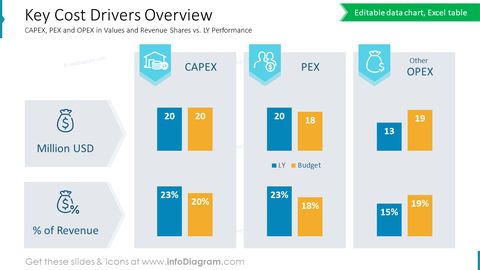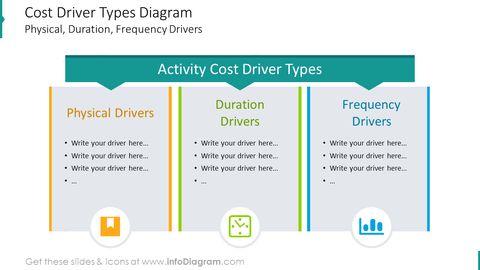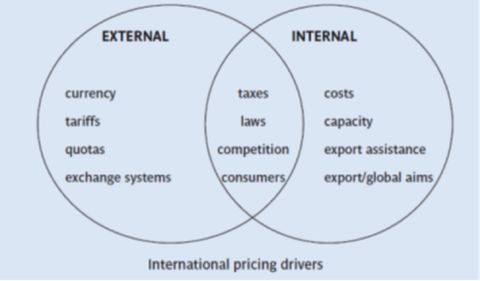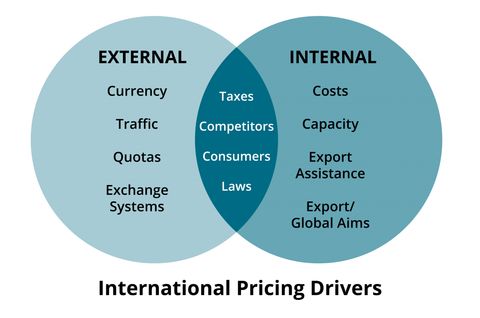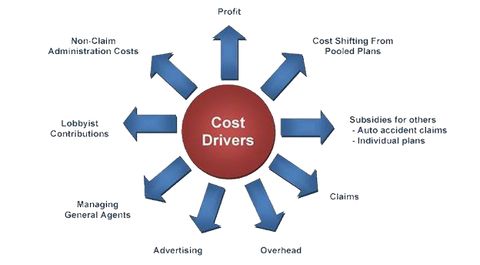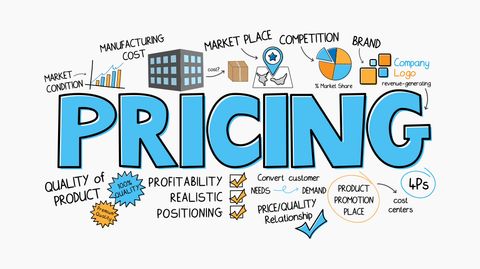When businesses look to furnish their offices, restaurants, or waiting areas, the cost of seating can often be a bit of a mystery. It’s not just about the chair itself, but a whole host of factors that contribute to the final price tag in a business-to-business (B2B) deal. As someone who’s spent decades in this space, I’ve seen firsthand how seemingly small details can add up, impacting budgets significntly. Let’s peel back the layers and explore what truly influences these costs.
Procuring seating for a business is a far cry from picking out a sofa for your home. In the B2B world, decisions are driven by durability, functionality, brand image, and – crucially – cost-effectiveness over the long haul. Businesses need seating that can withstand heavy use, comply with various regulations, and often, reflect their corporate identity. This intricate web of requirements means that pricing is rarely straightforward. Understanding the elements that feed into that price is vital for any business attempting to make smart purchasing choices and avoid unnesessary expenses.
1. Material Matters: The Foundation of Cost
Think about a chair. What’s it made of? The materials used are perhaps the most immediate and significant driver of cost. We’re talking about everything from the frame to the upholstery and even the internal cushioning. For instance:
- Frame Construction: A solid hardwood frame, like oak or maple, will naturally be more expensive than one made from engineered wood or metal alloys. Steel frames, especially stainless steel, can also push prices up due to their strength and polished appearance. Plastic frames, while often the most economical, might not meet the durability or aesthetic needs of many B2B environments.
- Upholstery Choices: This is a huge one. Top-grain leather is at the pinnacle of cost and luxury, offering incredible durability and a sophisticated feel. Moving down, you have various grades of fabric – from basic polyester blends to high-performance textiles designed for heavy traffic, stain resistance, and even anti-microbial properties. These specialized fabrics, while more expensive upfront, can save a business a lot of money in replacement and cleaning costs over time.
- Internal Components: Don’t forget what’s inside. High-density foam, memory foam, or even spring systems for enhanced comfort and longevity will add to the price compared to cheaper, less supportive alternatives. The quality of casters, armrests, and other small components also plays a role. A chair that feels solid and well-built usually has higher-quality internal parts, and that comes with a price.
2. Design Complexity and Ergonomics: More Than Just Looks
A simple, four-legged stool is fundamentally cheaper to produce than a highly ergonomic office chair with multiple adjustment points. The complexity of a chair’s design directly impacts manufacturing costs due to the tooling, labor, and engineering involved.
- Ergonomic Features: For office environments, ergonomic design is paramount for employee well-being and productivity. Features like lumbar support, adjustable armrests, seat depth adjustment, and tilt mechanisms add layers of complexity and components, elevating the cost. However, these investments can pay off in reduced absenteeism and improved comfort for employees.
- Aesthetic Design: Unique or intricate designs, especially those requiring specialized manufacturing processes or bespoke molds, will be more expensive than mass-produced, standard designs. If a business needs seating that makes a specific design statement or aligns with unique brand aesthetics, expect to pay a premium for that distinctiveness.
3. Customization and Volume: The Scale Effect
This is where B2B differs significantly from retail purchases. The ability to customize and the sheer volume of an order heavily influence pricing.
- Customization: Want your company logo embroidered on every chair? Need a specific fabric color not in the standard catalog? Customization, whether it’s specific dimensions, unique finishes, or personalized branding, adds to the production cost. Manufacturers need to adjust their processes, which takes time and resources.
- Order Volume: The more units a business purchases, the lower the per-unit cost often becomes. This is due to economies of scale. Manufacturers can spread their fixed costs (like tooling and setup) over a larger number of items. A small business ordering ten chairs will pay a higher per-chair price than a large corporation ordering a thousand. Negotiating power also increases with volume, allowing for better discounts.
4. Brand Reputation and Warranty: Trust and Assurance
Just like in any industry, brand name plays a role. Established manufacturers with a reputation for quality, durability, and excellent customer service often command higher prices. This isn’t just about prestige; it’s about reliability.
- Reputation: A well-known brand implies a certain level of quality control, rigorous testing, and consistent performance. Businesses are often willing to pay more for the assurance that comes with a reputable brand, knowing they’re investing in a product that will last and perform as expected.
- Warranty: The length and comprehensiveness of a warranty are also factored into the price. A longer, more robust warranty indicates the manufacturer’s confidence in their product and provides peace of mind for the buyer. This protection against defects or premature wear can be invaluable for businesses, reducing long-term replacement costs.
5. Shipping, Logistics, and Installation: The Hidden Charges
It’s easy to overlook these, but they can significantly inflate the final bill. Getting seating from the manufacturer to your business location, and then assembled, is not a trivial undertaking.
- Shipping Costs: The size, weight, and destination of the order all impact shipping. Large, bulky furniture takes up more space and requires specialized carriers. International shipping adds customs duties and import taxes. The further the distance, and the more complicated the logistics, the higher this cost will be.
- Logistics Complexity: Does the delivery require a specific time window? Is there limited access to the delivery site? Are there stairs involved? All these factors can add surcharges. Businesses often need white-glove delivery and installation, meaning the furniture is brought in, assembled, and placed in its final spot, with all packing materials removed. This service is a major convenience but comes at a premium.
- Installation: While some seating comes fully assembled, many pieces require on-site assembly. If you’re buying hundreds of chairs, the labor cost for installation can be substantial. Some vendors include this in the overall price, while others list it as a separate line item. Always clarify this upfront.
6. Certifications and Compliance: Meeting Industry Standards
For many B2B sectors, especially healthcare, education, or hospitality, seating must meet specific regulatory and safety standards. Adhering to these often means using particular materials or manufacturing processes, which adds to the cost.
- Fire Retardancy: Seating in public spaces often needs to meet stringent fire safety codes. This requires the use of fire-retardant materials and treatments, which are typically more expensive than standard options.
- Environmental Certifications: Businesses with sustainability goals might require seating that is GREENGUARD certified, made from recycled content, or produced using environmentally friendly methods. These certifications often indicate a higher quality product and a more responsible manufacturing process, both of which can increase the cost.
- Accessibility Standards: For public venues, seating may need to comply with ADA (Americans with Disabilities Act) or similar accessibility standards, which can influence design and material choices.
As you can see, the cost of seating in B2B transactions is a multifaceted puzzle. It’s not just about the raw price of the chair, but a complex interplay of materials, design, customization, brand value, logistical challenges, and regulatory compliance. For businesses, the key is to look beyond the initial sticker price and consider the total cost of ownership.
Investing in higher-quality materials and ergonomic designs might seem more expensive upfront, but it can lead to significant savings down the line through increased durability, reduced maintenance, and improved employee comfort and productivity. Always engage in detailed discussions with suppliers, ask about all potential hidden costs, and weigh the long-term benefits against the immediate expenditure. By understanding these key factors, businesses can make more strategic, cost-effective decisions that truly support their operational needs and financial health.


